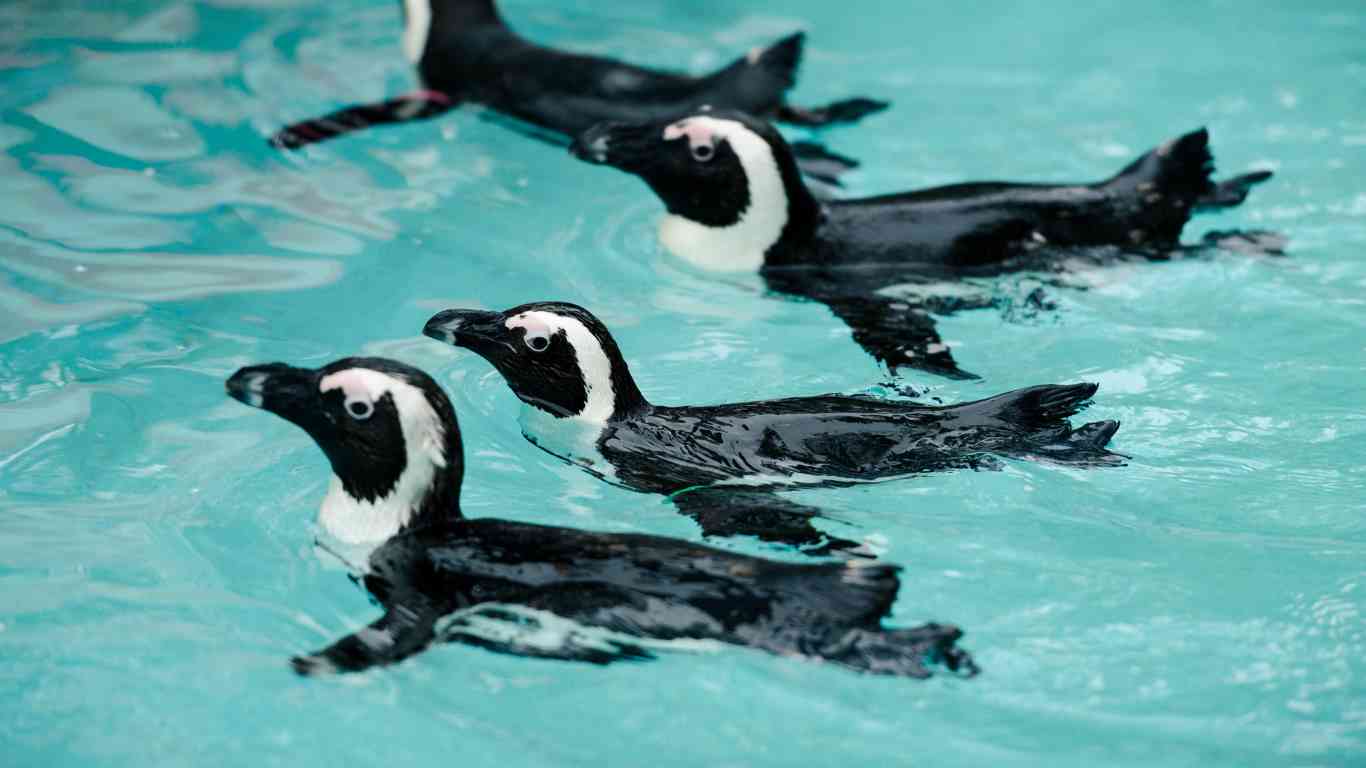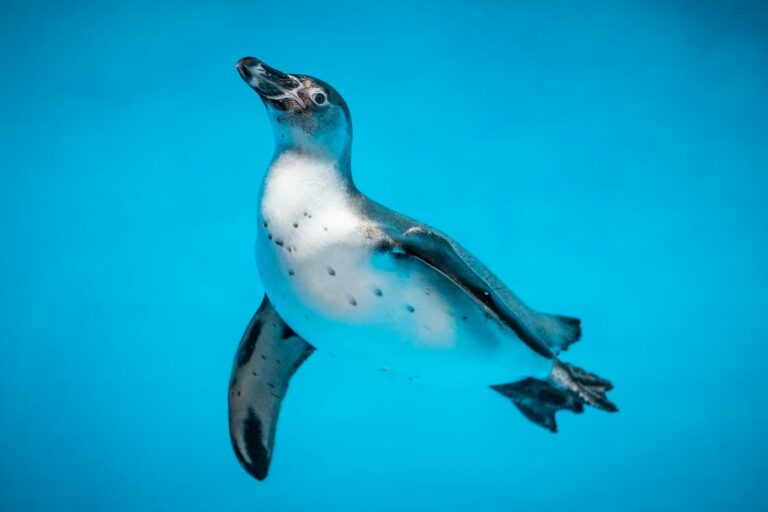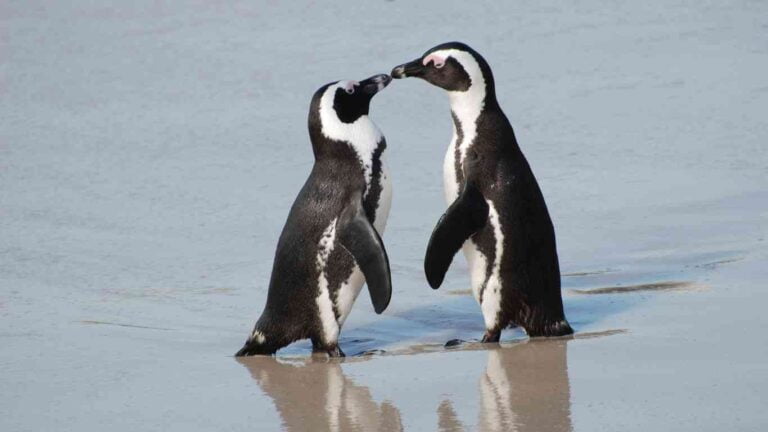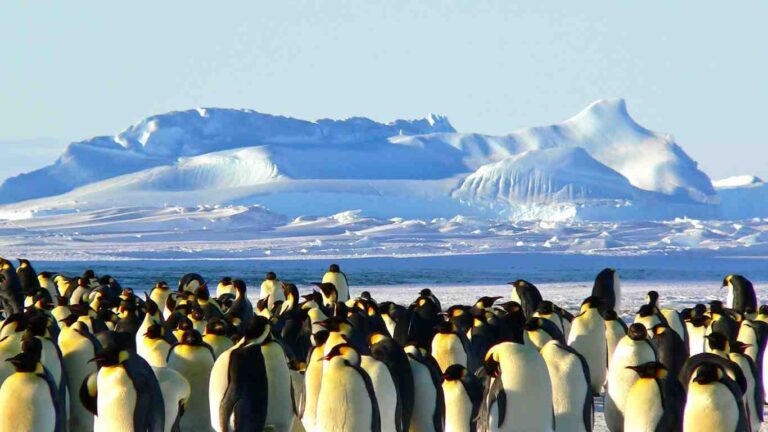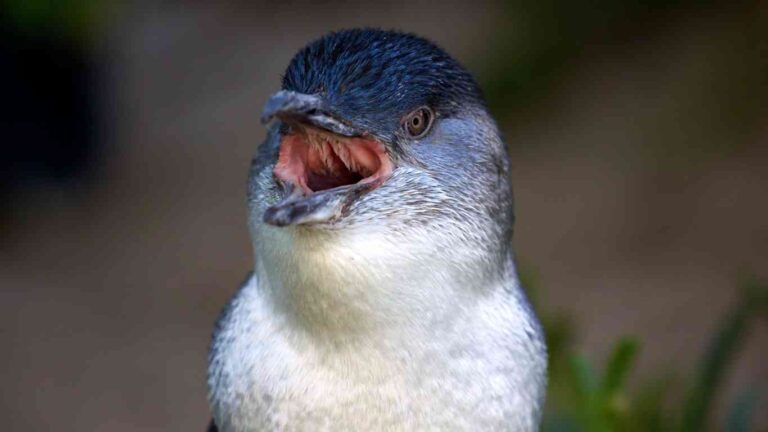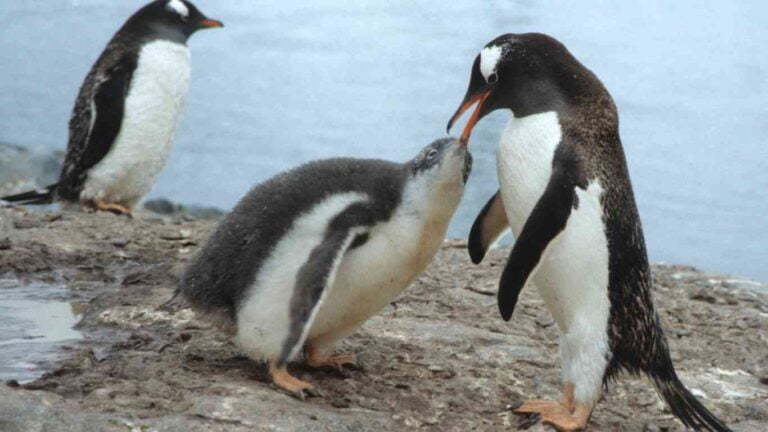Can Penguins Live in Warm Weather?
Penguins are often associated with icy and cold environments due to their portrayal residing in places like Antarctica.
However, not all penguin species live in extreme cold weather conditions. The question at hand is: Can penguins live in warm weather?
Can Penguins Live in Warm Weather?
Penguins can live in warm climates. Various species like African, Fairy and Magellanic penguins thrive in temperate, hot zones, not just in icy Antarctica.
The Galapagos penguin, for example, resides along the equator. Warm-weather penguins have adapted to their environments. However, they maintain key behaviors for managing heat.
Warm-weather penguins seek shade during the hottest parts of the day. They also swim frequently to cool down.
Flipping their flippers and panting dissipates heat. Land-wise, they select nesting sites that minimize temperature extremes and maximize shelter.
Adaptations to warm climates do not mean all penguins can survive a heatwave. Penguins are sensitive to sudden changes in weather.
Conservation efforts aim to sustain their habitats as global temperatures rise. Protecting penguins in warm climates is a delicate balance. It ensures their survival amid climate change.
Penguins in these regions depend on a balanced ecosystem. Availability of food, absence of predators, and human activity impact them.
Warm-weather penguins and their habitat must be monitored closely. Through careful observation, researchers can help conserve their unique lifestyles.
What Temperature Do Penguins Live In?
Depending on the species, penguins can live in temperatures ranging from -76°F to 82°F. Penguins are generally cold-adapted animals, but they do show a remarkable range in temperature tolerance.
While some species thrive in the frigid climate of the Antarctic, others are acclimated to warmer temperatures.
While penguins are generally associated with Antarctic climates where temperatures can plummet to -60 degree Celsius (-76°F), not all penguin species inhabit such extreme cold environments.
For example, the Emperor Penguin is well-suited for the icy conditions of Antarctica, where it endures the harsh winters.
Conversely, the Galápagos Penguin lives on the equatorial islands where temperatures are much warmer, often reaching up to 28 degree Celsius (82°F).
Different penguin species have evolved distinct adaptations to regulate their body temperature in various climates.
In general, most penguins are found in conditions ranging from subzero Antarctic climates to temperate zones where the temperature can exceed 20°C (68°F).
How Many Species of Penguins Live in Warm Climates?
There are approximately 14 species of penguins that live in warm climates. Species like the Galápagos penguin, the African penguin, and the Little Blue Penguin live in regions that remain relatively warm throughout the year.
For example, the Galápagos penguins are situated at the equator. These species have adapted to their environmental temperatures and can manage heat through behavioral and physiological means.
Other species, like the Humboldt Penguin and Magellanic Penguin, can also survive in temperate climates.
Can Penguins Survive in the Desert?
Surviving in the desert might be a stretch for penguins, who require access to the ocean for their diet of fish and other marine life.
The arid, dry conditions, alongside the significant heat, would be inhospitable for any penguin species.
No penguin species have naturally adapted to desert life, they all have a connection to water bodies necessary for their survival and breeding.
Can Emperor Penguins Live in Warm Weather?
Emperor penguins cannot live in warm weather as they have adapted to the extreme cold of the Antarctic climate and depend on the cold environment to survive.
Emperor penguins are an example of a species that has evolved to thrive in the coldest penguin-inhabited environments on Earth, specifically Antarctica.
Their physical structure, with layers of fat and feathers, is specifically adapted for insulation against the cold.
Emperor penguins couldn’t survive in warm weather without significant physiological stress and health implications.
Their entire breeding cycle and lifestyle is closely tied to the harsh conditions found within the Antarctic ice shelf regions.
These birds are dependent on low temperatures not only because their bodies are designed to conserve heat but also due to their reliance on sea ice and the marine food web that it supports.
Ending Summary
While some penguins are indeed capable of living in environments that are warmer than the icy habitats most commonly associated with these birds.
Their ability to live in “warm” weather is limited to moderate climates, usually in coastal regions where they still have access to marine waters.
True extremities such as desert climates are beyond the capacity for any penguin species.
Consequently, their adaptability shows remarkable variation, but is still confined to certain ecological niches that provide necessary proximity to water and food sources.
(Featured image by Eric Kilby on Flickr)

